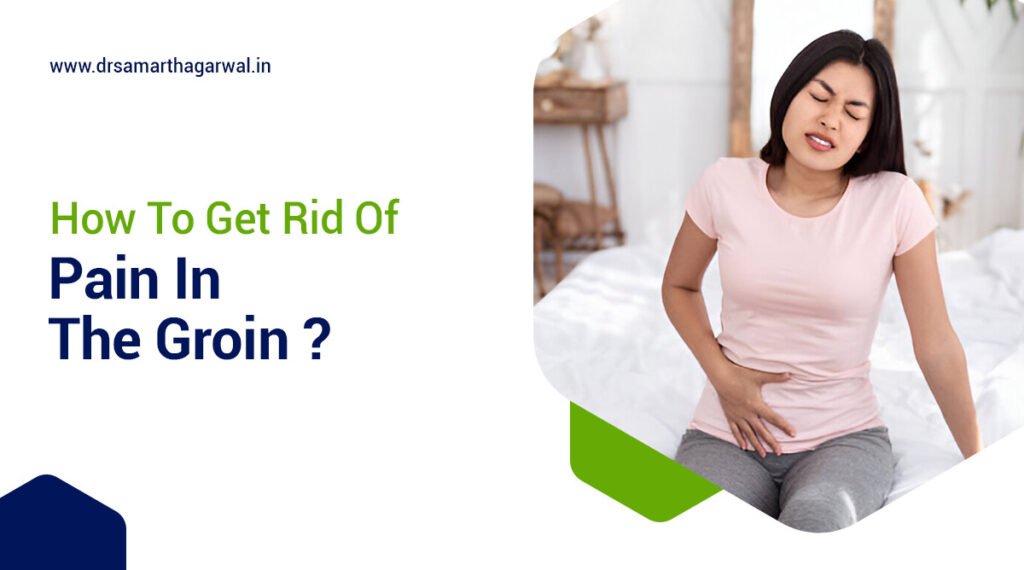Groin pain can be a symptom of various underlying conditions. Discover the common causes of groin pain, including injuries, infections, and underlying medical conditions, to better understand and address the discomfort.
What are the possible Causes for Groin Pain?
The most common causes of groin pain, including muscle, tendon, or ligament strain, inflammation of the testicle or epididymitis, twisting of the spermatic cord, pulled muscles, ligaments, or tendons in the leg, hip joint injury, hernia, ovarian cysts, inflammation, and kidney stone. Understanding these potential causes can help individuals identify the source of their groin pain and seek appropriate medical treatment.
Most Common Symptoms and Causes of Groin Pain
- Muscle, tendon, or ligament strain: Overstretching or tearing can lead to localized pain and discomfort in the groin area.
- Higher risk in athletes (e.g., hockey players): Intense physical activity increases the likelihood of strains and injuries.
Groin Pain in Men
- Inflammation of the testicle or epididymitis: Inflammation can cause sharp pain and swelling in the groin region.
- Testicular torsion: Twisting of the spermatic cord can lead to severe, sudden pain and requires immediate medical attention.
Groin Pain in Women
- Pulled muscles, ligaments, or tendons in the leg: Injury to these structures can result in pain that radiates to the groin.
- Stressed ligaments or tendon fibers: Overuse or strain can cause discomfort and pain in the groin area.
Additional Potential Causes
- Hip joint injury: Damage to the hip joint can lead to referred pain in the groin.
- Hernia: A hernia can create pressure and pain in the groin due to tissue bulging through a weak spot.
- Ovarian cysts: Cysts can cause pain that may be felt in the groin, especially if they rupture.
- Inflammation: General inflammation in the pelvic area can lead to groin pain.
- Kidney stone: Stones can cause severe pain that radiates to the groin as they move through the urinary tract.
What is the fastest way to cure groin pain?
The fastest way to alleviate groin pain involves immediate rest, including a break from sports. Apply ice to the affected area for 10-15 minutes every hour for the first day, then every 3-4 hours for 2-3 days. Physical therapy, pain medications like NSAIDs or acetaminophen, and specific exercises may also be recommended for long-term recovery. Stretching exercises, such as the supine butterfly stretch, can help loosen the muscles. After a few days of rest, stretching and strengthening exercises can aid in the healing process.
What causes groin pain without injury?
Groin pain without injury can be caused by conditions such as:
- Muscle strain: Injury of a muscle or tissue connecting muscle to bone (tendon). Symptoms may include muscle pain, joint pain, and limited range of motion.
- Inguinal hernia: A condition in which soft tissue bulges through a weak point in the abdominal muscles. Groin pain and a groin lump are common symptoms.
- Urinary tract infection (UTI): In men, UTIs can cause groin pain, especially if the infection spreads to the epididymis or testicles.
- Prostatitis: Inflammation of the prostate gland can cause groin pain, especially when urinating or having a bowel movement.
- Endometriosis: In women, endometriosis can cause pelvic pain, which may radiate to the groin area.
- Cystic lesion: A cyst or growth in the pelvic area can cause groin pain, especially if it presses on nearby nerves or organs.
- Kidney stones: Hard buildups of minerals and salt in the kidneys can cause groin pain, especially when they move or block the urinary tract.
- Ovarian torsion: Twisting of the ovary can cause sudden, severe groin pain, especially in young women.
- Testicular torsion: Twisting of the testicle can cause sudden, severe groin pain, especially in adolescent boys and young men.
- Appendicitis: Inflammation of the appendix can cause pain in the lower right abdomen, but it may also radiate to the groin area.
Consult with Urologist Dr. Samarth Agarwal in Siliguri for advice if you experience persistent groin pain without a clear cause.
When should I worry about groin pain?
Groin pain that persists for more than a few days, especially if it’s severe, should prompt a doctor’s visit. Additionally, seek immediate medical attention if you experience accompanying symptoms such as back, stomach, or chest pain, sudden serious testicle pain, nausea, vomiting, fever, chills, unexplained weight loss, blood in the urine, swelling or a lump around the groin area, or visible swelling on the testicles. Recurrent episodes of groin pain or pain that worsens over time may also require medical evaluation.
What does pain in the groin mean for a woman?
Groin pain in women can stem from various causes, such as muscle strain, urinary tract infections (UTIs), ovarian cysts, hernias, or injuries to muscles, ligaments, or tendons in the groin area. It can also be due to inflammation of the joints in the pelvis or enlarged lymph nodes. If experiencing persistent groin pain, it is advisable to consult a healthcare professional for a proper diagnosis and treatment
What are some Groin Pain Treatment?
Experiencing groin pain can be debilitating and disrupt daily life. Fortunately, several effective ways exist to alleviate and recover from groin pain. Consider the following 7 methods to find relief and get back to your normal activities.
- Rest: Taking a break from physical activities, including sports, can help alleviate groin pain.
- Ice Application: Applying ice to the affected area can help reduce pain and inflammation.
- Physical Therapy: A trained physical therapist can help improve strength and range of motion, which can aid in recovery.
- Pain Medications: Over-the-counter pain relievers like NSAIDs (ibuprofen, aspirin) or acetaminophen can be used to manage pain.
- Surgery: In severe cases, surgery may be necessary to repair bone fractures or inguinal hernias.
- Hydration: Drinking plenty of water can help prevent kidney stones, which can sometimes cause groin pain.
- Healthy Lifestyle: Maintaining a moderate weight and being careful when lifting heavy objects can help prevent hernias. Building healthy bones through a balanced diet and regular exercise can also help prevent some bone fractures.
When to See a Doctor for Groin Pain?
Schedule a doctor’s visit if you experience serious groin pain, groin pain that doesn’t improve with home treatment within a few days, or mild testicle pain lasting longer than a few days. Additionally, seek medical attention if you notice a lump or swelling in or around a testicle.

Contact Dr. Samarth Agarwal if you have any questions or concerns about your Urinary health!





